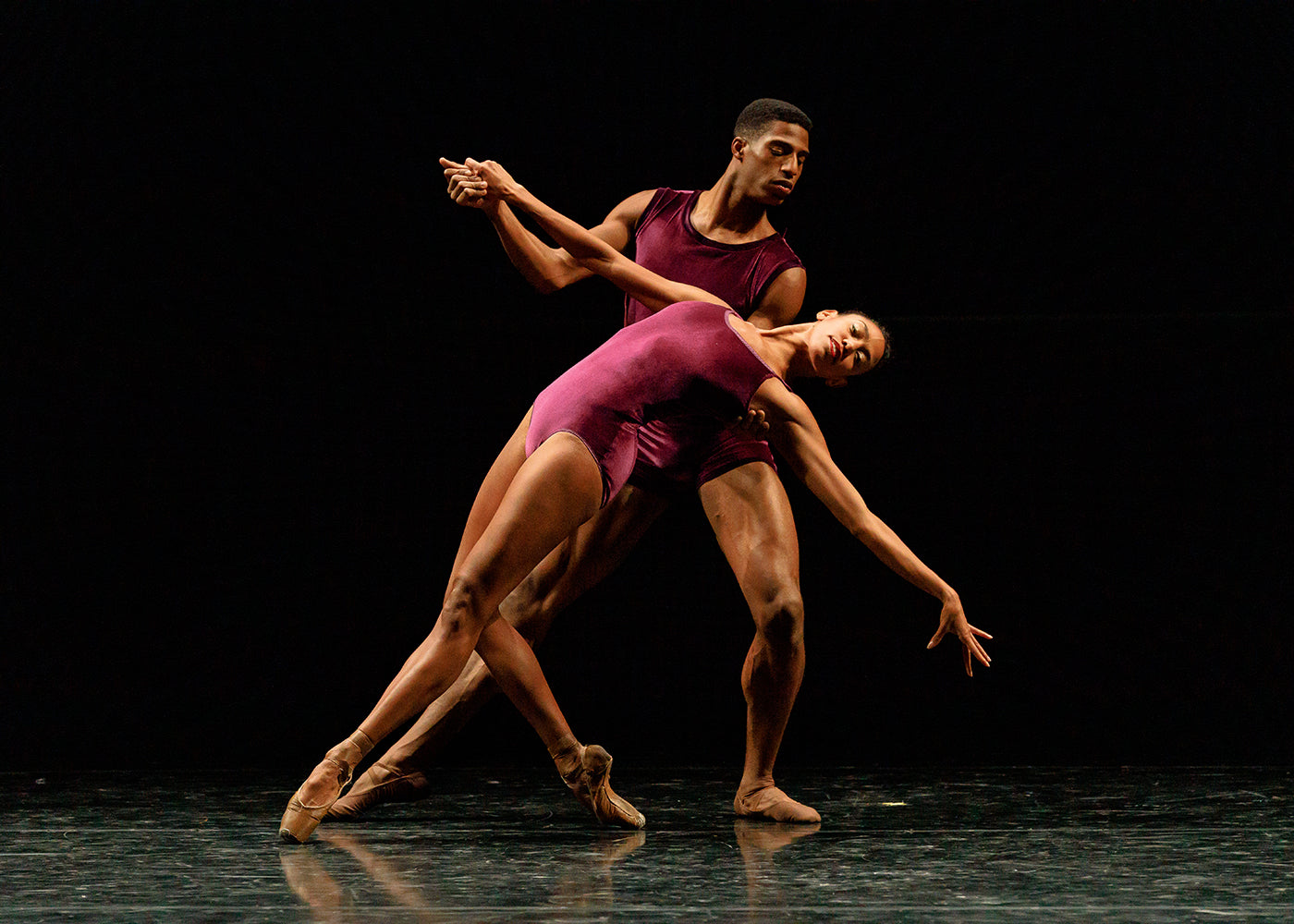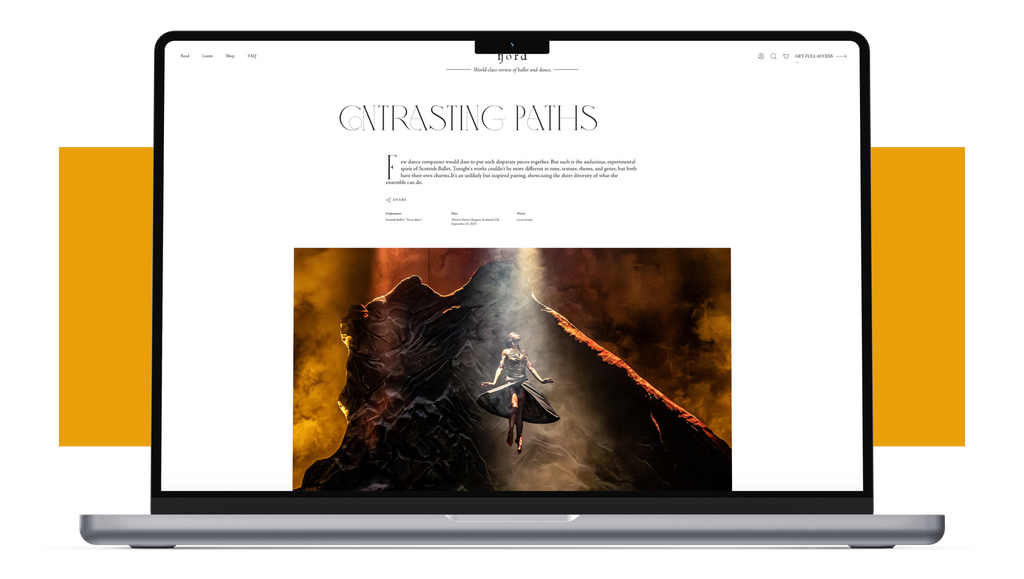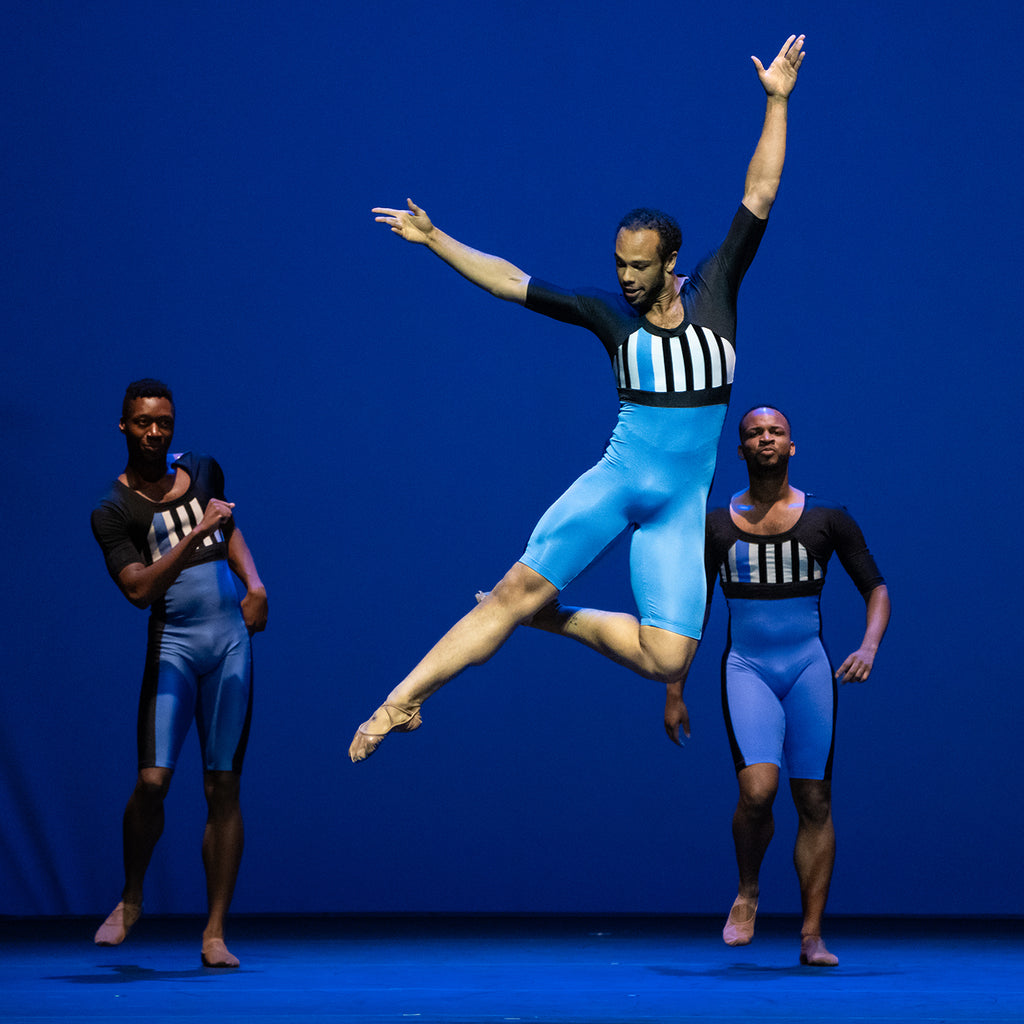A Grand Evening
It was a lovefest at the David H. Koch Theater last Thursday for the Youth America Grand Prix's 25th Anniversary Gala performance. As galas go, the night was awash in pageantry.
Continue Reading
World-class review of ballet and dance.
The Dance Theatre of Harlem returned to City Center this week for the first time under the leadership of Robert Garland, a former company dancer, school director, and resident choreographer. This was the launch of an exciting new beginning, though the troupe was simultaneously celebrating its past. This year marks company’s 55th anniversary as well as what would be the 90th birthday of founder Arthur Mitchell, who passed away in 2018. Mitchell, the first Black principal in a major American dance company (the New York City Ballet), sought to “take young people off the streets and get them involved in the arts”—as Zita Allen quotes in a terrific program article. For his artistic directorial debut, Garland brought a well-curated quartet of works that made for a balanced and uplifting evening—the kind of show that leaves you smiling when you exit. Though his own choreographic entry was the slightest in the lineup, it’s clear that Garland understands Mitchell’s lofty, activist mission.
Performance
Place
Words



“Uncommonly intelligent, substantial coverage.”
Already a paid subscriber? Login

It was a lovefest at the David H. Koch Theater last Thursday for the Youth America Grand Prix's 25th Anniversary Gala performance. As galas go, the night was awash in pageantry.
Continue ReadingAccording to artistic director Peter Boal’s welcome letter for Pacific Northwest Ballet’s fifth season program, the most popular mixed rep slates at PNB feature works by Crystal Pite or Twyla Tharp.
Continue ReadingLassoing is a surprising through-line for a Martha Graham Dance Company performance. The theme steps generally tend towards the child-birthing variety: contractions and deep squats.
Continue ReadingAs a dance viewer, it’s easy to get swept up in the grand movements in a piece, glossing over the finer details.
Continue Reading
comments